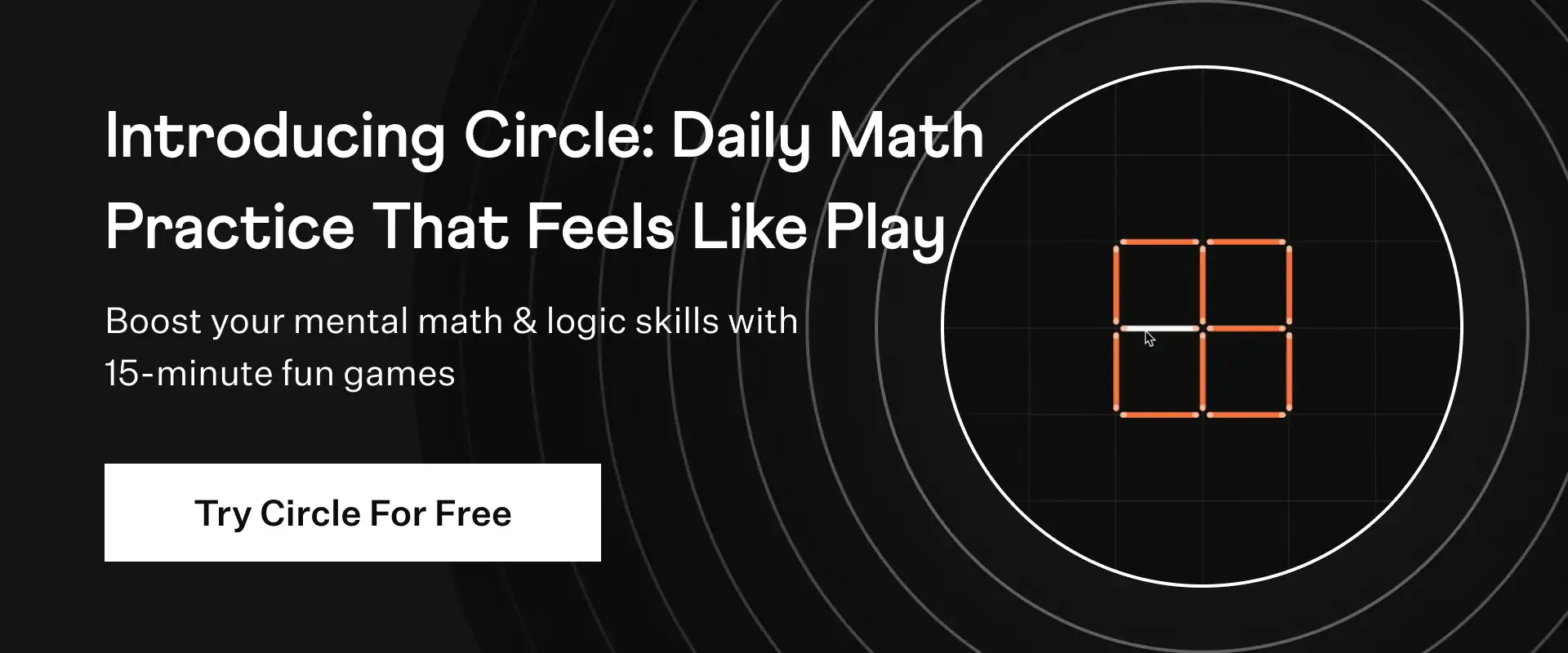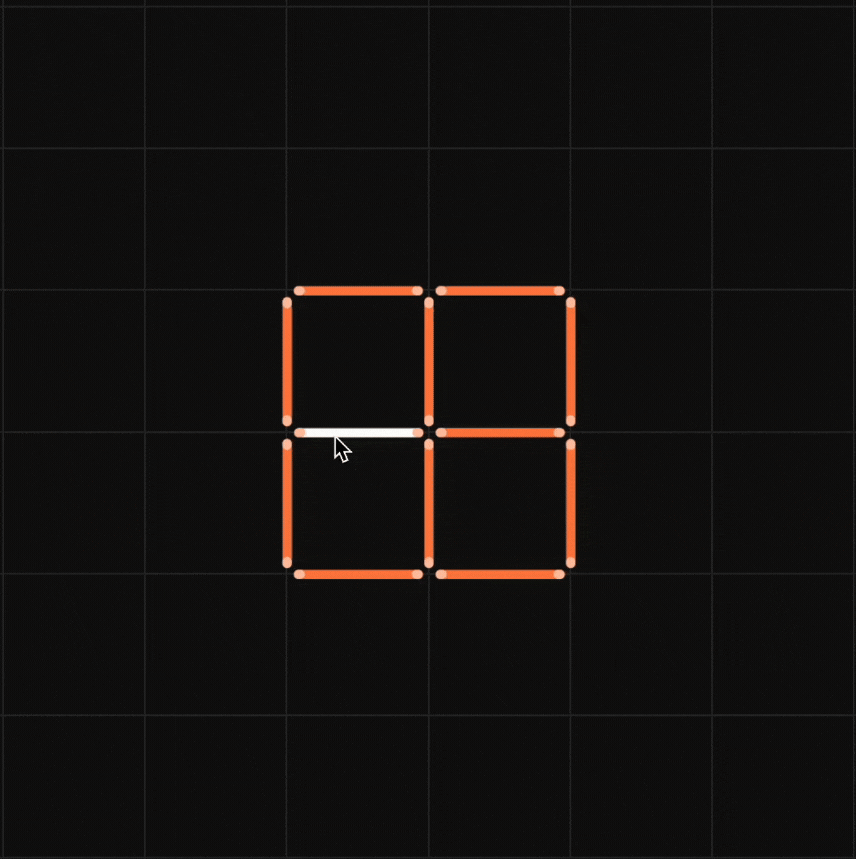

Numbers 1 to 10 are written on ten separate slips (one number on one slip), kept in a box and mixed well. One slip is chosen from the box without looking into it. What is the probability of
(i) getting a number 6? (ii) getting a number less than 6?
(iii) getting a number greater than 6? (iv) getting a 1-digit number?
Solution:
We know that,
Probability = Number of favorable outcomes/Total number of outcomes
i) The outcome of getting a number 6 from ten separate slips is 1
Therefore, the probability of getting a number 6 = 1/10
ii) Numbers less than 6 are 1, 2, 3, 4, and 5. So, there are 5 possible outcomes.
Therefore, the probability of getting a number less than 6 = 5/10 = 1/2
iii) Numbers greater than 6 are 7, 8, 9, and 10. So, there are 4 possible outcomes.
Therefore, the probability of getting a number greater than 6 = 4/10 = 2/5
(iv) One-digit numbers are 1, 2, 3, 4, 5, 6, 7, 8, 9 out of ten.
Therefore, the probability of getting a 1-digit number = 9/10
☛ Check: NCERT Solutions for Class 8 Maths Chapter 5
Video Solution:
Numbers 1 to 10 are written on ten separate slips (one number on one slip), kept in a box and mixed well. One slip is chosen from the box without looking into it. What is the probability of . (i) getting a number 6? (ii) getting a number less than 6? (iii) getting a number greater than 6? (iv) getting a 1-digit number?
NCERT Solutions for Class 8 Maths Chapter 5 Exercise 5.3 Question 4
Summary:
Numbers 1 to 10 are written on ten separate slips (one number on one slip), kept in a box and mixed well. The probabilities of (i) getting a number 6 is 1/10, (ii) getting a number less than 6 is 1/2, (iii) getting a number greater than 6 is 2/5, and (iv) getting a 1-digit number is 9/10.
☛ Related Questions:
- List the outcomes you can see in these experiments. (a) Spinning a wheel (b) Tossing two coins together.
- When a die is thrown, list the outcomes of an event of getting (i) (a) a prime number (b) not a prime number. (ii) (a) a number greater than 5 (b) a number not greater than 5.
- Find the. (a) Probability of the pointer stopping on D in (Question 1-(a))? (b) Probability of getting an ace from a well shuffled deck of 52 playing cards? (c) Probability of getting a red apple. (See figure below)
- If you have a spinning wheel with 3 green sectors, 1 blue sector and 1 red sector, what is the probability of getting a green sector? What is the probability of getting a non blue sector?
visual curriculum